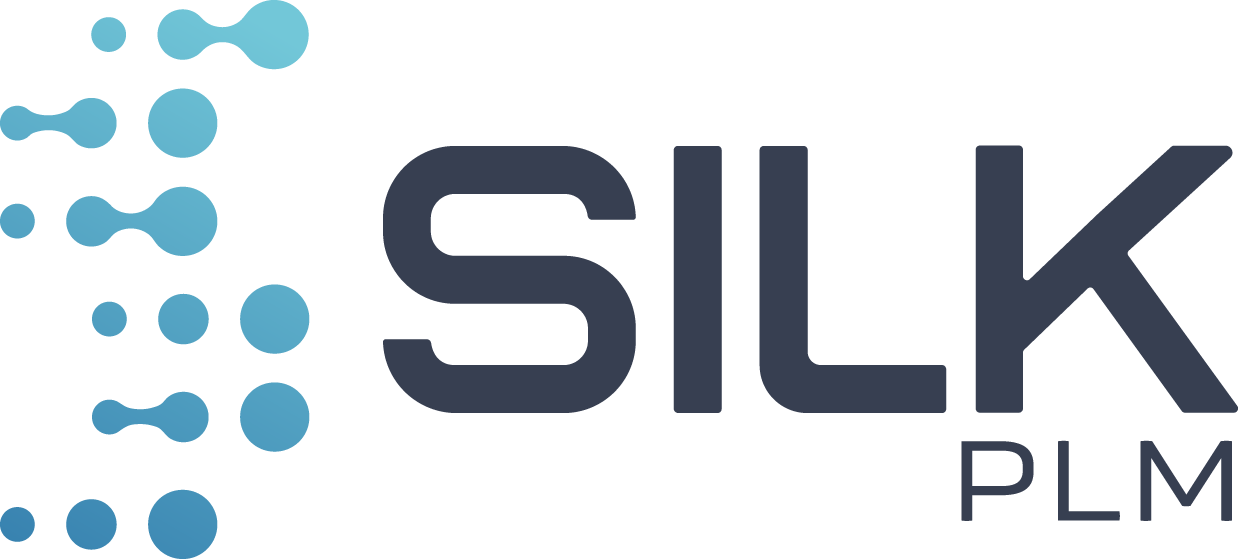Knowledge base » Articles » Fear has a big eyes
Fear has a big eyes
Product lifecycle system as a change in a company, and as a change, it can be both frustrating and motivating at the same time. Learn about the concerns of PLM implementation!

What do employees commonly fear implementation of PLM?
- They fear their ability to handle another complex computer system.
- That the confusion caused by the change can slow down work instead of speeding it up and potentially affecting the company’s financial situation.
- Since a PLM system, by definition, automates simple or repetitive tasks which can raise employees’ concerns about job security.
- There is also the fear that the PLM system won’t account for everything. IT personnel have limited knowledge of the current working and successfull methods.
- PLM will inevitably remember and show all mistakes which iIn the past, could be resolved without drawing much attention. That causes the fear of consequences.
Product lifecycle management as a change, is beneficial and necessary for them because:
The market is constantly changing, requiring organizations to adapt in order to survive and succeed. Therefore, they implement the PLM system as the best tool, that allows to speed up new products’ ideas to be introduced to the market.
Adapting to change involves being open to new solutions, ideas, and technologies, which drive development, efficiency, quality, and growth. Since PLM system allows managing big and constantly growing collections of products, it serves best as a growth stimulator. Adapting to change involves being open to new solutions, ideas, and technologies, which drive development, efficiency, quality, and growth. Since PLM system allows managing big and constantly growing collections of products, it serves best as a growth stimulator.
In a growing company, it is easier for employees to find personal purpose, which motivates them. The employees released from repetitive and not creative tasks, thanks to PLM, can concentrate on more constructive subjects.
Ultimately, individuals are drawn to work for successful companies. A PLM system, used by an innovative, growing company, may involve employees in the optimization process, allowing them to participate, initiate, and shape it.
How can we transform the frustrations caused by the idea of introducing a PLM into benefits?
Introducing change (especially plm implementation) is a process, and like any process, it requires conscious planning and adequate preparation throughout the organization. The primary stakeholders, those directly affected by the change, must be prepared. This entails diplomacy, patience, flexibility, consistency, and an analytical approach.
Besides conducting an economic analysis to justify its introduction, the following steps are necessary:
- To assess employee needs and identify areas where the PLM system can be adapted to benefit them as well.
- To do so, it is always worth consulting with employees, and providing precise information about the PLM system: its purpose, implementation plan, timeline, goals
- To address any doubts, concerns, or frustrations about the new software by providing training and ongoing support.
- To create an atmosphere of partnership, understanding, openness, cooperation. And to allow employees to raise objections, ask questions, and receive timely answers.
- To enhance leaders to engage in discussions with the team and to foster a positive attitude and a collaborative atmosphere.


